Imagine a world where every child feels safe, valued, and empowered. Children’s rights promise to protect and nurture the most vulnerable among us. With about 2.3 billion children worldwide, understanding child protection is key to a just society.
Children’s rights are more than laws. They’re a promise to help every young person grow. These rights cover basic needs and protect against exploitation, ensuring childhood’s dignity and future.
The 1989 Convention on the Rights of the Child says a child is anyone under eighteen. It sets a global standard for child protection. These rights include education, healthcare, safety, and personal growth.
Key Takeaways
- Children’s rights protect fundamental human needs and dignity
- Global standards define child protection across international boundaries
- Rights cover physical, emotional, and developmental needs
- Child protection requires collective societal commitment
- Every child deserves opportunities for growth and safety
Understanding the Fundamentals of Children’s Rights
Children’s rights are key to protecting our society’s most vulnerable members. Over the last century, child welfare and advocacy have grown a lot. They’ve set up basic rules to keep young people safe and help them grow.
Definition and Scope of Children’s Rights
Children’s rights cover legal, social, and ethical areas. They make sure every child is treated with dignity, safety, and given chances to succeed. These rights touch on many areas:
- Protection from exploitation and abuse
- Access to education and healthcare
- Right to personal identity and family connections
- Freedom from discrimination
Historical Development of Children’s Rights
The journey of children’s rights started in the early 1900s. Important moments include:
- 1924: League of Nations adopts the Geneva Declaration
- 1959: United Nations Declaration of the Rights of the Child
- 1989: Convention on the Rights of the Child officially adopted
Key International Frameworks
International agreements have played a big role in setting and protecting children’s rights. The Convention on the Rights of the Child, adopted in 1989, is a major step forward. It says a child is anyone under 18 and highlights their dignity and freedoms.
Every child has the right to survival, protection, development, and participation in society.
Knowing these basic principles helps us move forward in child welfare. We can build better places for young people to grow.
The United Nations Convention on the Rights of the Child (UNCRC)

The United Nations Convention on the Rights of the Child (UNCRC) is a major global agreement. It changes how we think about children’s safety and growth. Adopted in 1989, it’s the most widely accepted human rights treaty, with 196 countries backing it.
Key features of the UNCRC include:
- Defines children as individuals under 18 years old
- Guarantees rights without discrimination
- Prioritizes children’s best interests in all decisions
- Provides 54 specific articles protecting children’s rights
The convention ensures important protections for children’s safety, including:
- Right to life and full development
- Protection from exploitation
- Access to education and healthcare
- Freedom of expression
Interestingly, the United States remains the only UN member state that has not ratified this vital convention. This unique position raises big questions about child development and safety standards in the country.
The UNCRC shows a strong commitment to seeing children as individuals with rights. It changes how we view and support young people’s growth and dignity.
Basic Rights and Protections for Children
Every child deserves basic rights that protect their well-being and growth. It’s important to know these rights to make sure kids are safe and happy. Education and preventing child abuse are key to protecting them.
Children’s rights cover many areas that keep them safe and help them grow. These rights support their overall development and protect them from harm.
Right to Life and Development
Children have the right to live and grow to their best. This means:
- Getting enough to eat
- Having access to healthcare
- Living in a safe place
- Having chances to grow and learn
Right to Education and Healthcare
Quality education is a basic right for kids. Every child should get:
- Free and required primary education
- Good healthcare
- A supportive place to learn
- Tools for learning and growing
Protection from Exploitation and Abuse
Stopping child abuse is very important. Kids need:
- Legal protection from harm
- Prevention of work too early
- Keeping safe from sexual harm
- Help for their mental health
Protecting children’s rights is not just a legal duty, but a moral duty for a fair and caring world.
By knowing and following these basic rights, we can help kids grow, reach their full ability, and stay safe.
Children’s Rights in Education and Healthcare

Your child’s right to quality education and healthcare is key in the United States. This journey has been complex and ongoing. It has shaped how we care for children’s well-being.
In education, cases like Brown v. Board of Education changed everything. It showed that separate schools are unfair. This led to desegregation and equal learning chances for all.
Healthcare Challenges and Investments
The U.S. spends a lot on children’s healthcare, about $11,945 per person in 2020. This is almost double what other countries spend. Yet, there are big challenges in making sure all kids get the care they need.
- Unequal access to mental health services
- Disparities in healthcare for low-income families
- Limited child and adolescent psychiatric resources
Key Healthcare Statistics
| Healthcare Metric | Statistic |
|---|---|
| Child Psychiatrists per 100,000 Children | 14 |
| Youth Experiencing Depression (Pandemic Period) | 25% |
| Youth Experiencing Anxiety (Pandemic Period) | 20% |
By being aware and advocating, we can help solve these problems. Every child should get the education and healthcare they need. Knowing these rights is vital for supporting healthy growth and fairness for all kids.
Protection Against Child Labor and Exploitation
Child labor is a big problem worldwide. It hurts the rights and growth of millions of kids. We need to know how big this issue is to help protect these young ones.
Child labor numbers are very sad. Almost 1 in 10 kids are working in ways that are not right. Over 160 million kids have been forced to work hard for years, which is very bad for their future.
Global Statistics on Child Labor
Child labor shows big differences:
- 63 million girls are involved in child labor
- 97 million boys are trapped in exploitative work
- 79 million children work under hazardous conditions
- 1 in 3 child laborers are out of school
Preventive Measures and Legislation
Protecting kids from labor needs many steps. The International Labour Organization (ILO) has set important rules to fight child labor. They have a special rule, Convention No. 182, that lists the worst kinds of child work.
Important ways to stop child labor include:
- Helping more kids go to school
- Creating strong work rules
- Helping poor areas grow economically
- Following global rules to protect kids
Impact of Child Labor on Development
Child labor hurts kids in many ways. It affects their health, feelings, and learning. It also hurts their families and the whole community’s chance to grow.
| Region | Child Labor Population | Percentage |
|---|---|---|
| Sub-Saharan Africa | 86.6 million | 24% |
| Central and Southern Asia | 26.3 million | 7.5% |
| Other Regions | 47.1 million | Varies |
By tackling child labor, we can make the world safer and fairer for all kids.
The Role of Parents and Guardians in Children’s Rights
Parents are key in keeping children safe and well. They do more than just take care of them. They have legal and moral duties that help shape a child’s life.
Knowing what parents must do is important. It includes:
- Providing physical and emotional support
- Protecting children from harm
- Helping with education and health
- Supporting legal rights and freedom
The laws about what parents must do are complex. Family courts always look at what’s best for the child. They consider many things to decide what care is right.
Children are not property, but individuals with fundamental rights that parents must respect and nurture.
Here are some key facts about parents’ role:
| Parental Impact Statistic | Percentage/Number |
|---|---|
| Children in single-parent households | 50% |
| Children experiencing abuse | 25% |
| Children in foster care | 400,000 |
Guardians face tough legal and emotional challenges. They must protect while giving children freedom. This balance keeps children’s rights safe while guiding them.
Child Advocacy and Support Organizations
Child advocacy is key in protecting and supporting kids in the U.S. These groups work hard to keep kids safe. They offer vital services and support to those who need it most.
The world of children’s advocacy is filled with groups dedicated to helping kids. From big national networks to local support, they tackle big challenges. They aim to make a real difference in kids’ lives.
International Organizations Making a Difference
Many global organizations are leading the fight for children’s rights:
- UNICEF – Global leader in children’s rights protection
- Save the Children – Worldwide child welfare organization
- Child Rights International Network (CRIN) – Advocacy and policy development
Local Support Systems in the United States
Local groups are vital for kids in need. The National Children’s Alliance is a standout with its wide network:
| Organization Impact | Achievements |
|---|---|
| National Children’s Alliance | Network of 881 Children’s Advocacy Centers |
| Alliance for Children’s Rights | Served over 150,000 children in Los Angeles County |
| Children’s Defense Fund | Advocacy for policy changes protecting children |
Impact of Advocacy Work
These groups have made big strides in child welfare. The National Children’s Alliance Annual Report 2019 shows their hard work. They’ve helped thousands of kids get an education, overcome trauma, and find safe homes.
Your help can really help. You can donate, volunteer, or spread the word. Every bit counts in protecting kids’ rights and keeping them safe.
Legal Framework and Enforcement of Children’s Rights
Child protection in the United States is a complex issue. It involves many federal and state laws. These laws aim to protect young people’s well-being and growth.

- The Child Abuse Prevention and Treatment Act (CAPTA)
- State-level protective service laws
- Federal child protection statutes
- Mandatory reporting regulations
The U.S. faces unique challenges in enforcing children’s rights. Even though it’s not a signatory to the UN Convention on the Rights of the Child, it has strong legal protections. These are thanks to various federal laws.
“Protecting children’s rights requires a strong legal approach and consistent action.”
International laws play a big role in child protection. The Convention on the Rights of the Child, signed by almost all UN countries, sets important standards for child care.
| Legal Mechanism | Primary Focus | Key Provisions |
|---|---|---|
| CAPTA | Child Abuse Prevention | Funding for prevention programs |
| State Laws | Local Child Protection | Mandatory reporting requirements |
| Federal Statutes | Nationwide Child Welfare | Comprehensive protection guidelines |
Protecting children’s rights needs teamwork from government, courts, and community groups. It’s vital to keep improving the laws to better protect kids.
Challenges in Implementing Children’s Rights Globally
Trying to make sure children’s rights are followed everywhere is hard. Issues like child poverty and stopping child abuse need quick action. In many places, big problems stop kids from getting the help and chances they need.
There are several big challenges in the world of children’s rights:
- Persistent child poverty affecting millions of children
- Limited access to quality education
- Ongoing risk of exploitation and abuse
- Inadequate legal protections in conflict zones
Recent numbers show how serious these problems are. Over 800 million students faced significant educational disruptions due to COVID-19. About 72 million kids in primary school might not learn well because of it. The pandemic made things worse, hitting hard on groups already struggling.
| Global Challenge | Impact on Children |
|---|---|
| Armed Conflicts | 70% increase in verified cases of sexual violence against children |
| Educational Barriers | 463 million children unable to access remote learning |
| Child Marriage | 4x increase among Syrian refugees in Lebanon |
The United Nations Convention on the Rights of the Child faces big problems. Even though it’s widely accepted, it’s hard to make sure it’s followed. Groups that help kids say that problems often go on for years without getting fixed.
The path to protecting children’s rights requires sustained global commitment and innovative solutions.
You can help solve these problems. Supporting groups that fight for kids’ rights, spreading the word, and pushing for better laws are key steps. Together, we can make a big difference.
Conclusion
Protecting children’s rights is a team effort. For over thirty years, the Convention on the Rights of the Child has pushed for change. It shows that every person can help make a big difference.
Children face many challenges today. Things like poverty, cultural barriers, and big events like the COVID-19 pandemic affect them. By staying informed and involved, we can help protect their rights and support their growth.
Every small action helps in the fight for children’s rights. You can get involved in your community, support groups that help kids, or spread the word about important issues. Your efforts are key to making a better world for kids.
We all have a role in making sure kids can grow up happy and healthy. By standing up for children’s rights, we’re not just helping them. We’re also helping our world move forward together. Your support is vital in making this vision a reality.
FAQ
What exactly are children’s rights?
Children’s rights are special human rights for young people. They ensure kids are safe, healthy, and can grow. These rights include education, healthcare, and being heard.
Why are children’s rights important?
Children’s rights are key because they protect the most vulnerable. They give kids basic needs, safety, and chances to grow. This helps them become healthy, educated, and strong.
Has the United States ratified the UN Convention on the Rights of the Child (UNCRC)?
No, the United States is the only UN member not to ratify the UNCRC. It supports many of the rights but debates ratification.
What are the most fundamental children’s rights?
Key rights include the right to life, education, healthcare, and protection from harm. Kids also have the right to express themselves and be free from discrimination.
How are children’s rights protected in the United States?
In the U.S., laws like the Child Abuse Prevention Act protect kids. There are also laws against discrimination in education and preventing child labor.
What is child labor, and how is it being addressed?
Child labor takes away a child’s childhood and future. The Fair Labor Standards Act in the U.S. sets age limits and bans dangerous jobs for kids.
How can individuals support children’s rights?
You can help by volunteering with child advocacy groups. Reporting child abuse and supporting education are also ways to help. Raising awareness and supporting protective policies are important too.
What challenges do children’s rights face globally?
Worldwide, kids face poverty, lack of education, and child labor. They also lack healthcare and face discrimination. Solving these issues needs a big effort from everyone.
How do parental rights interact with children’s rights?
Parental and children’s rights balance each other. Parents have authority but must also protect their kids’ rights. This includes education, healthcare, and the right to be heard.
What organizations advocate for children’s rights?
Many groups fight for kids’ rights, like UNICEF and Save the Children. The Children’s Defense Fund and local nonprofits also work to support and protect children.

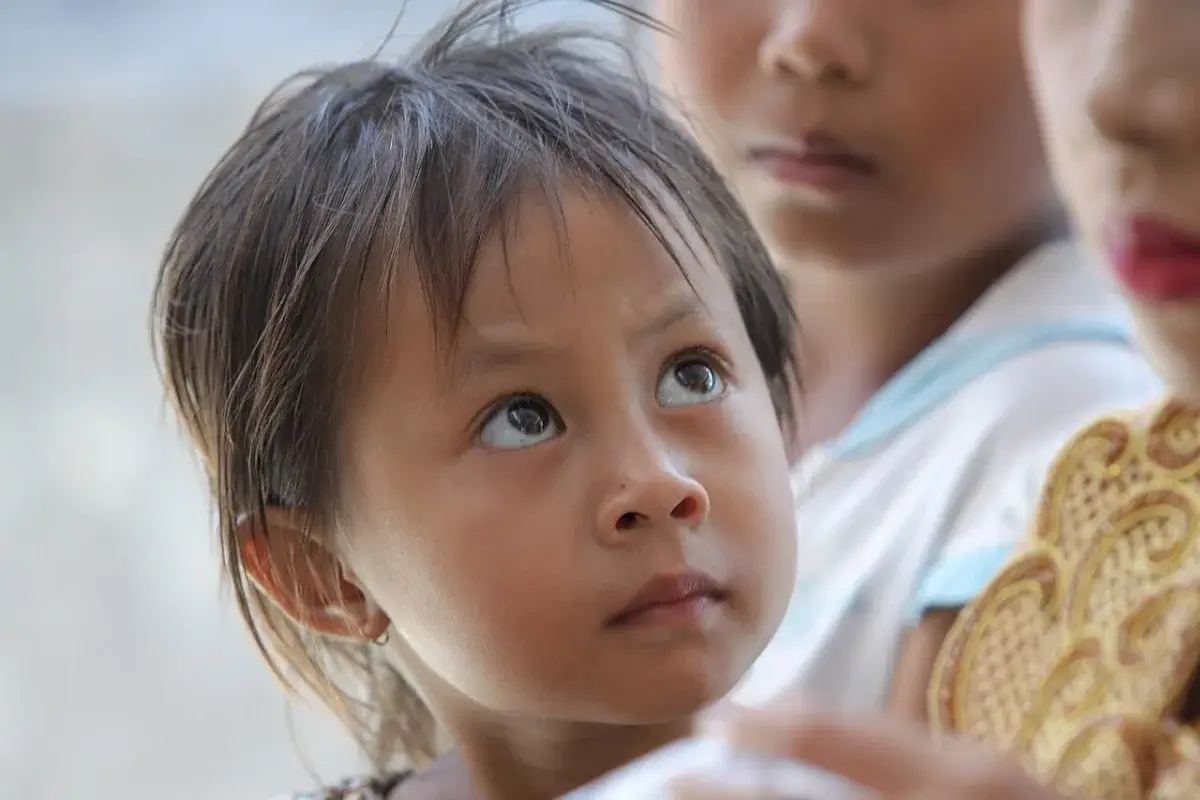
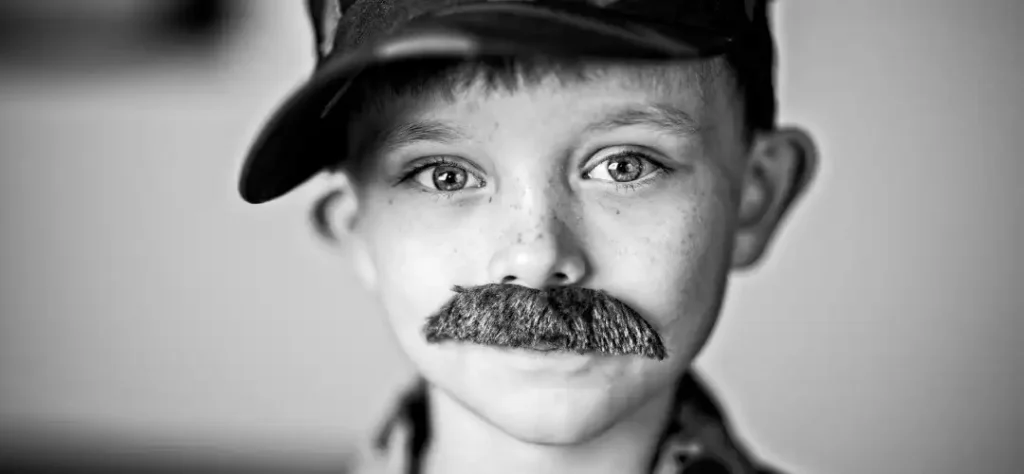
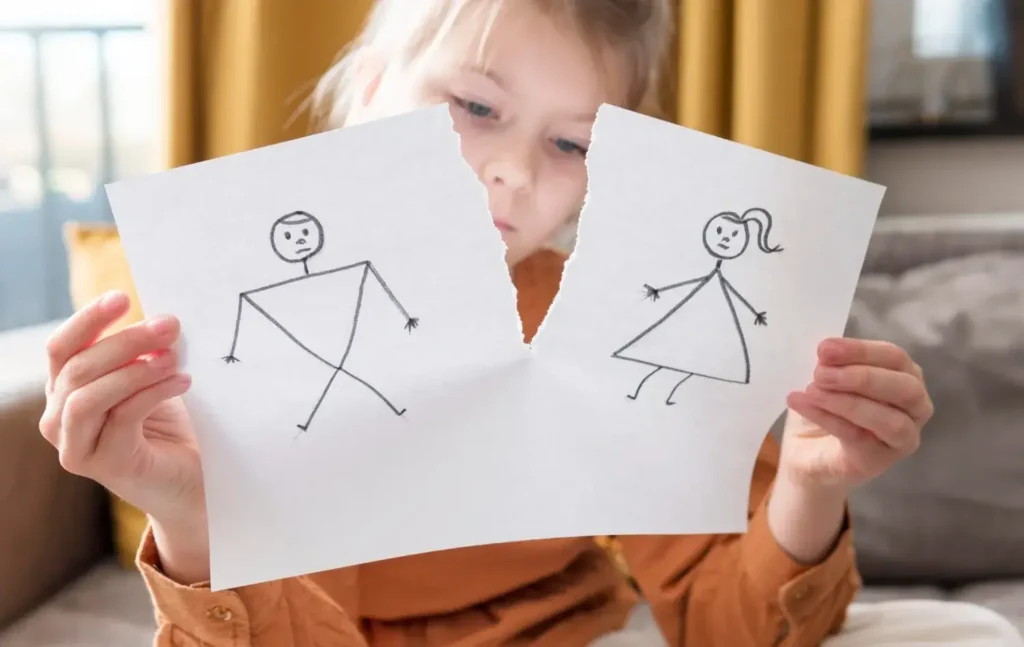


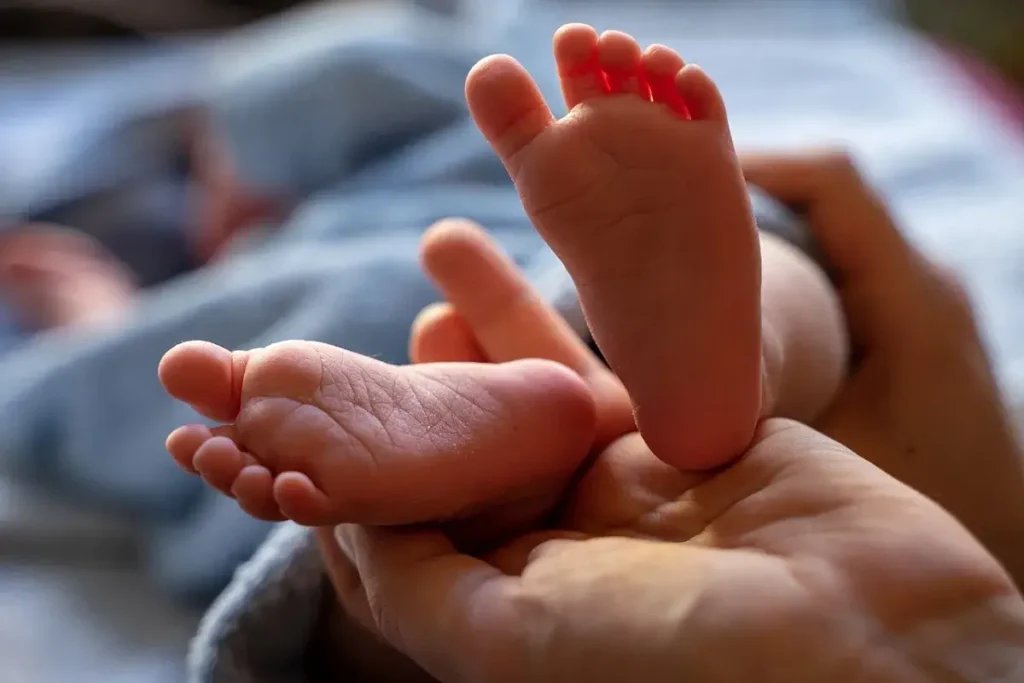

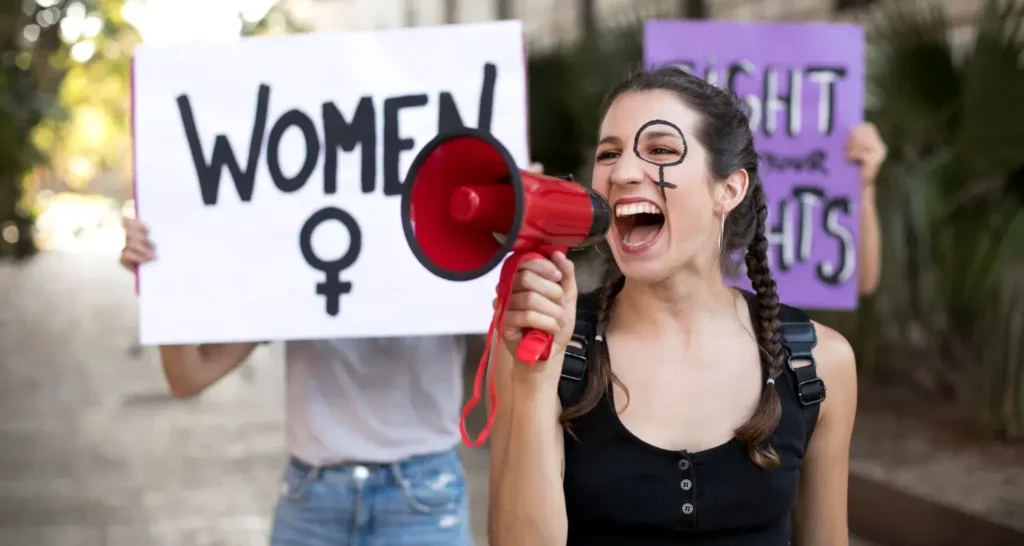

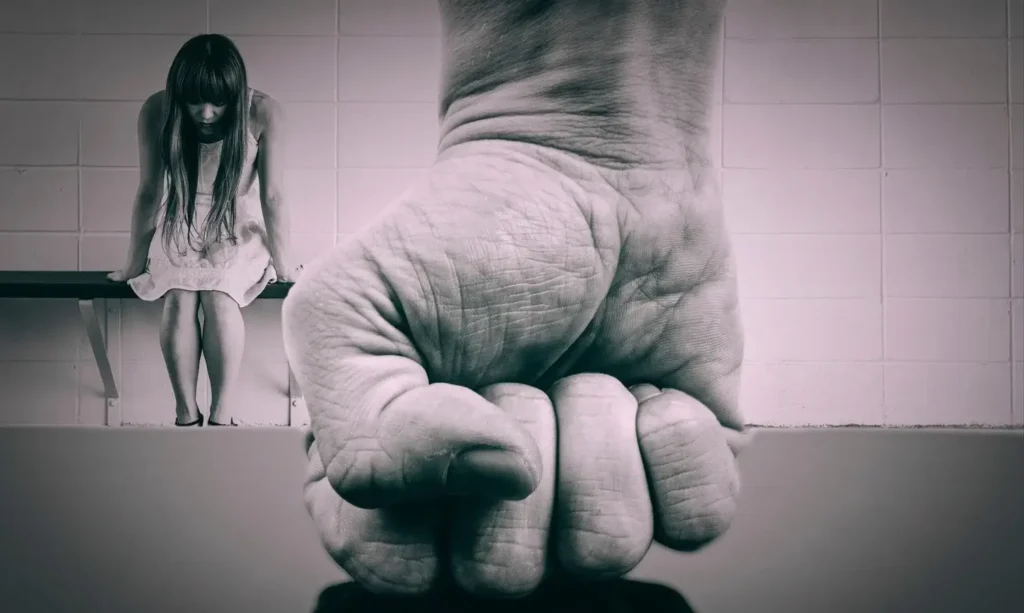
2 thoughts on “What are children’s rights?”